Power line transmission plays a crucial role in our daily lives—it’s the invisible network that delivers electricity from power plants all the way to our homes, businesses, and cities. But building and designing these transmission lines isn’t as simple as just connecting wires. It takes smart planning and engineering to make sure electricity travels safely, efficiently, and reliably over long distances. In this blog, we’ll break down how power line transmission works, the key components involved, and the most important design factors engineers consider to keep the power flowing.

1-Understanding Power Line Transmission
What is Power Line Transmission?
Power line transmission refers to the bulk transfer of electrical energy from power plants to substations located near demand centers. It plays a crucial role in maintaining the stability and efficiency of the electrical grid, ensuring that electricity is delivered with minimal losses.
Types of Transmission Lines
- High Voltage (HV): Used for long-distance transmission, typically above 100 kV.
- Extra High Voltage (EHV): Used for very long distances, typically between 345 kV and 765 kV.
- Ultra High Voltage (UHV): Used for extremely long distances, typically above 800 kV.
2-Key Factors in Transmission Line Design
Conductor Material and Size
- Material: Common materials include aluminum (lightweight and cost-effective) and copper (high conductivity).
- Size: Determined by the current-carrying capacity and the level of voltage being transmitted. Larger conductors reduce losses but increase costs.
Voltage Level
- Higher voltage levels reduce current for a given power transfer, which minimizes resistive losses.
- The choice of voltage level impacts the design of insulation, spacing of conductors, and tower height.
Line Configuration and Phasing
- AC vs. DC Transmission: AC is commonly used, but HVDC is preferred for very long distances due to lower losses.
- Phasing: The number of conductors per phase affects the capacity and reliability of the transmission line.
Tower Design and Insulation
- Tower Height and Type: Influenced by the terrain, environmental impact, and line voltage.
- Insulation: Must be designed to withstand voltage surges and environmental conditions, such as lightning strikes.
Environmental Considerations
- Right-of-Way (ROW): The land area required for the transmission line, influenced by line voltage and the number of circuits.
- Environmental Impact: Mitigation of effects on wildlife, vegetation, and communities along the route.
Line Losses and Efficiency
- Resistive Losses: Minimized by selecting the appropriate conductor material and size.
- Corona Losses: High voltages can cause ionization of air around the conductors, leading to power loss and interference.
Safety and Regulatory Compliance
- Clearance Standards: Ensure safe distances from the ground and other structures.
- Regulatory Requirements: Compliance with national and international standards, including those for electromagnetic interference and grounding.
3-Steps in Designing a Transmission Line
Load Flow Analysis
Determines the power demand and helps in selecting the appropriate voltage level and conductor size.
Route Selection
Involves geographical surveys, environmental impact assessments, and consideration of existing infrastructure.
Electrical Design
- Conductor Sizing: Based on load flow results and line loss considerations.
- Insulation Coordination: Selection of insulators and spacing to prevent flashovers and ensure reliability.
Mechanical Design
- Tower Design: Based on the electrical design, terrain, and environmental conditions.
- Sag and Tension Calculations: Ensure mechanical stability under various loading conditions, such as wind and ice.
Protection Systems
Implementation of protection schemes to safeguard the transmission line from faults and disturbances.
Cost Estimation and Optimization
Balancing the costs of materials, construction, and maintenance with the need for reliability and efficiency.
4-Challenges and Future Trends
Integrating Renewable Energy Sources
The increasing integration of wind, solar, and other renewable energy sources presents challenges in managing variability and maintaining grid stability.
Advancements in HVDC Technology
The rise of HVDC technology for long-distance transmission and its potential for reducing losses and improving system efficiency.
Smart Grids and Digitalization
The role of digital technologies in enhancing the monitoring, control, and optimization of transmission lines.
Final Words
esigning power transmission lines isn’t just about running cables from point A to point B—it’s a challenging job that blends electrical know-how with real-world conditions like weather, terrain, and even environmental impact. Engineers have to think about everything: how to keep the system efficient, how to make sure it’s safe and dependable, and how to do it all with as little harm to the environment as possible. The good news? With new technologies constantly emerging, we’re heading toward a future where electricity can be delivered smarter, faster, and more sustainably than ever before.
Whether you’re deep into electrical engineering or just starting to explore the world of power systems, understanding how these transmission lines are designed gives you a solid foundation in one of the most important parts of our modern energy infrastructure.
